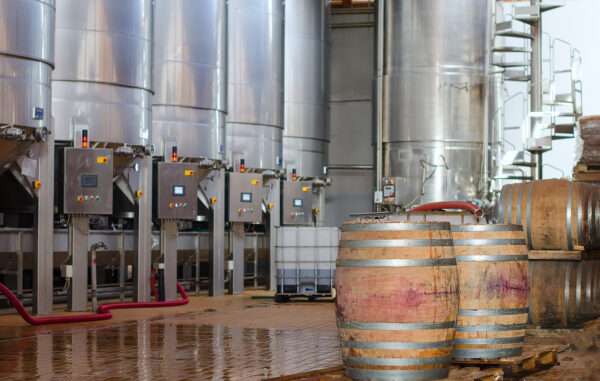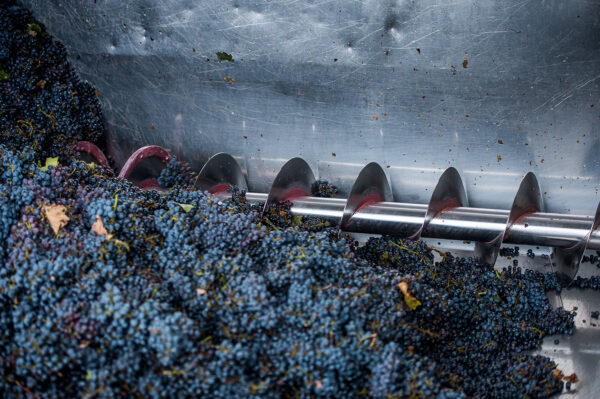Introduction
Grapes are the foundational ingredient of wine, so it should come as no surprise that the contract for winemakers to purchase grapes from winegrowers – the Grape Purchase Agreement – represents a crucial aspect of the wine industry. Nearly all winemakers purchase at least some of their grape supply from third-party grape growers. Grape Purchase Agreements, the type of contract governing this key transaction, take on a wide range of forms, but they all share certain important characteristics. Generally, they outline the terms of the purchase and sale of grapes, including the price, quantity, viticultural practices and quality standards, and delivery/payment schedules.
In this blog, we will explore several key components of Grape Purchase Agreements, their significance in the wine industry, and tips for negotiating and drafting effective agreements.
Significance of Grape Purchase Agreements in the Wine Industry
Grape Purchase Agreements are crucial for both grape growers and winemakers, especially in the world of premium wine production and increased prices. While parties might have been accustomed to handshake deals and simple invoicing, Grape Purchase Agreements ensure everyone understands their respective rights and obligations. For growers, these contracts provide a guaranteed market for their grapes, ensuring a steady stream of revenue. The contracts also provide growers with a means of negotiating favorable prices and terms with winemakers. For winemakers, Grape Purchase Agreements ensure a consistent supply of high-quality grapes, enabling them to produce consistent and high-quality wines. As is the case with any contract, before negotiating or drafting a Grape Purchase Agreement, it’s important to establish a good working relationship with the other party.
4 Key Components of Grape Purchase Agreements
1. Price
As is the case in any contract for the sale of goods, pricing structures can vary greatly. Many grape purchase agreements set a price per ton of grapes. Alternatively, some Grape Purchase Agreements establish a price per acre of vines, or a winery may agree to purchase all of the wine grapes grown on a vineyard for a set price, notwithstanding the level of production. Multiple factors, such as the quality, varietal and availability of the grapes, as well as the supply and demand in the market, can impact the actual dollar value of the contract. In all of the foregoing situations, there may be mechanisms for adjusting the price depending on the duration of the contract or other contingencies.
California law places some constraints on pricing, requiring that all grape purchase agreements provide that the final price for grapes be set by January 10 of the year following the harvest. Any contract in violation of this requirement is “illegal and unenforceable”, making it especially important that the parties remain mindful of the law. California Food and Agricultural Code § 55601.5. Nonetheless, pricing variabilities in a Grape Purchase Agreement are nearly endless and represent one of the most important points for parties to negotiate.
2. Quantity
The amount and varieties of grapes to be delivered are essential aspects of any Grape Purchase Agreement. The quantity may be specified in tons or pounds per grape varietal, and the delivery schedule may be staggered over several weeks or months. The contract should specify the maximum and minimum amount of grapes to be delivered, as well as any penalties for failing to deliver the agreed-upon quantity.
3. Viticultural Practices and Quality Standards
Grape Purchase Agreements can establish a wide range of requirements relating to the nature and quality of the grapes. Winemakers typically have specific requirements for their grapes, and the Grape Purchase Agreement can ensure these requirements are met. This might entail imposing quality standards on the grapes being sold, such as sugar content, acidity, pH level, and flavor profile. Wineries will often seek to put a cap on grape defects and materials other than grapes (MOG) as a percentage of grapes delivered.
Similarly, farming and viticultural practices often become one of the most heavily negotiated terms in a Grape Purchase Agreement. The agreement might specify planting location, selection and spacing of vines, pruning, thinning or harvest. To mitigate risk when a wine-maker seeks to impose high quality standards, a grape grower could cede more control over the farming practices in order to limit liability if the grapes don’t meet certain standards.
In Grape Purchase Agreements, the viticultural practices and quality standards typically balance the interests of a winery in assuring high quality grapes for premium wine production against a grower’s desire to retain control of the farming. The agreement might also enumerate penalties, such as price reductions, for a supplier that fails to meet the specific requirements.
4. Delivery and Payment Schedule
The delivery schedule specifies the dates and times for the delivery of grapes and the related payment obligations. The schedule should be realistic and consider factors such as weather, transportation, and processing time. Many contracts also impose penalties on grape suppliers for failing to deliver grapes on time.
In consideration for the grapes, all Grape Purchase Agreements should address timing of payment. California Food and Agricultural Code § 55601 provides a baseline, stating that “every processor shall pay for any farm product which is delivered to the processor at the time and in the manner which is specified in the contract with the producer,” and absent any specification, “the processor shall pay for the farm product within 30 days of delivery or taking possession.”
Conclusion
Grape Purchase Agreements are a vital aspect of the wine industry, providing a framework for transactions between grape growers and winemakers. These agreements outline the key terms for the purchase and sale of grapes, including price, quantity, quality, and delivery schedule. They should also allocate risks and address termination and dispute resolution.
Negotiating and drafting effective Grape Purchase Agreements requires clear communication, a good working relationship, and a thorough understanding of the relevant laws and regulations. With careful attention to detail, Grape Purchase Agreements can provide a foundation for successful business relationships between grape growers and winemakers. Knowledgeable legal counsel can help parties achieve these important goals while also ensuring the contract complies with applicable laws and regulations.
If you are in the wine industry and need legal guidance on Grape Purchase Agreements or any other legal matter, don’t hesitate to contact Rogoway Law. Our team of experienced wine industry attorneys is here to help. Contact us today to schedule a complimentary consultation and learn more about how we can assist you.


